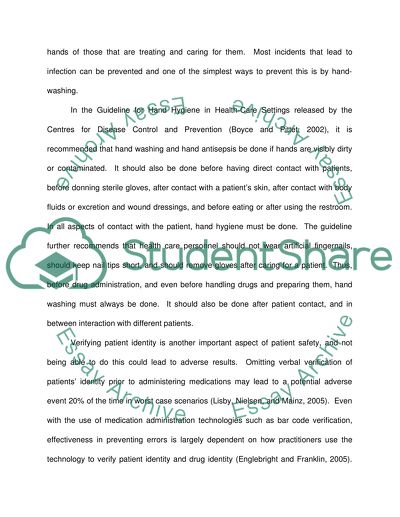Cite this document
(“Reflections on my Drug Administration OSCE Essay”, n.d.)
Retrieved de https://studentshare.org/nursing/1390957-reflections-on-my-drug-administration-osce
Retrieved de https://studentshare.org/nursing/1390957-reflections-on-my-drug-administration-osce
(Reflections on My Drug Administration OSCE Essay)
https://studentshare.org/nursing/1390957-reflections-on-my-drug-administration-osce.
https://studentshare.org/nursing/1390957-reflections-on-my-drug-administration-osce.
“Reflections on My Drug Administration OSCE Essay”, n.d. https://studentshare.org/nursing/1390957-reflections-on-my-drug-administration-osce.


